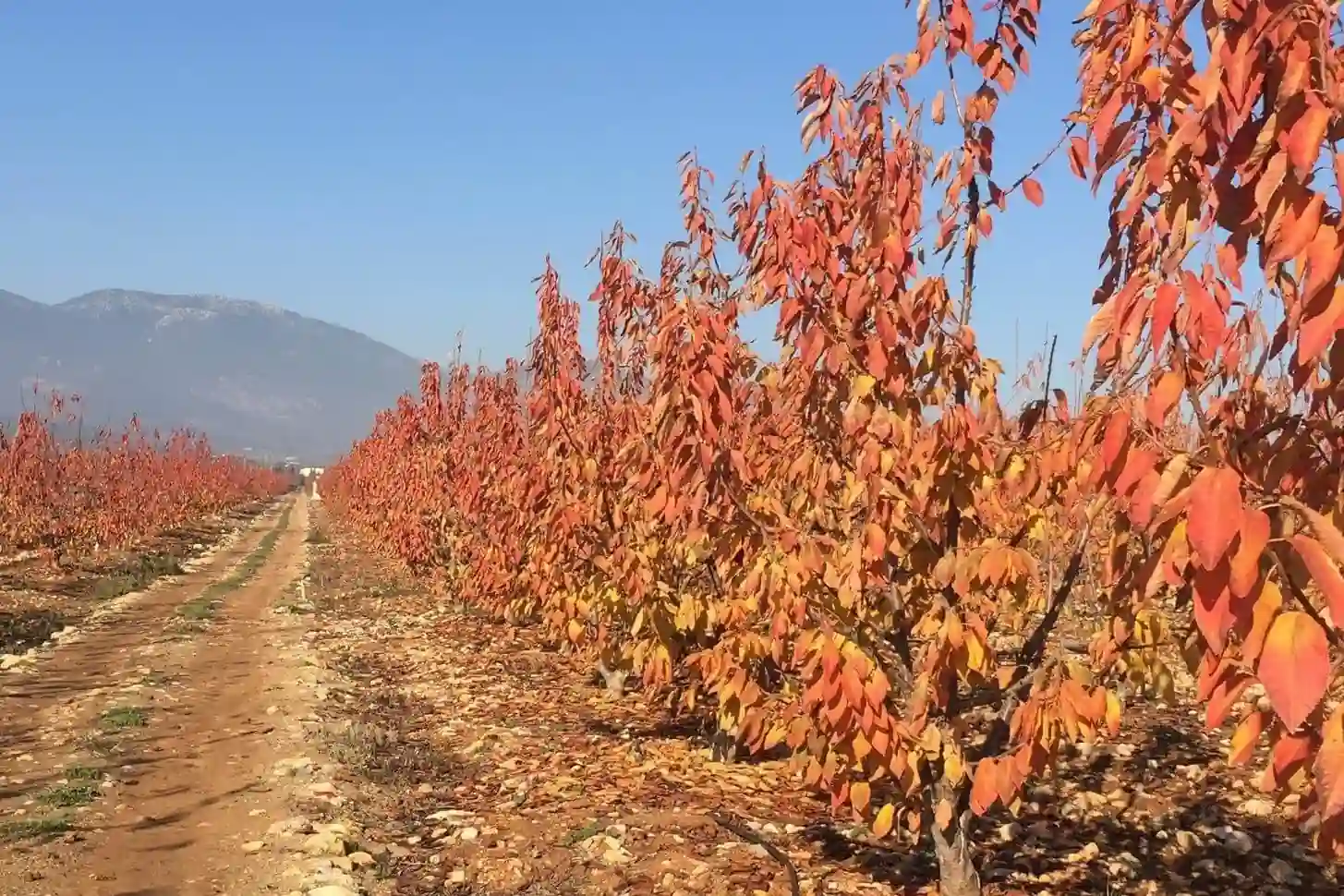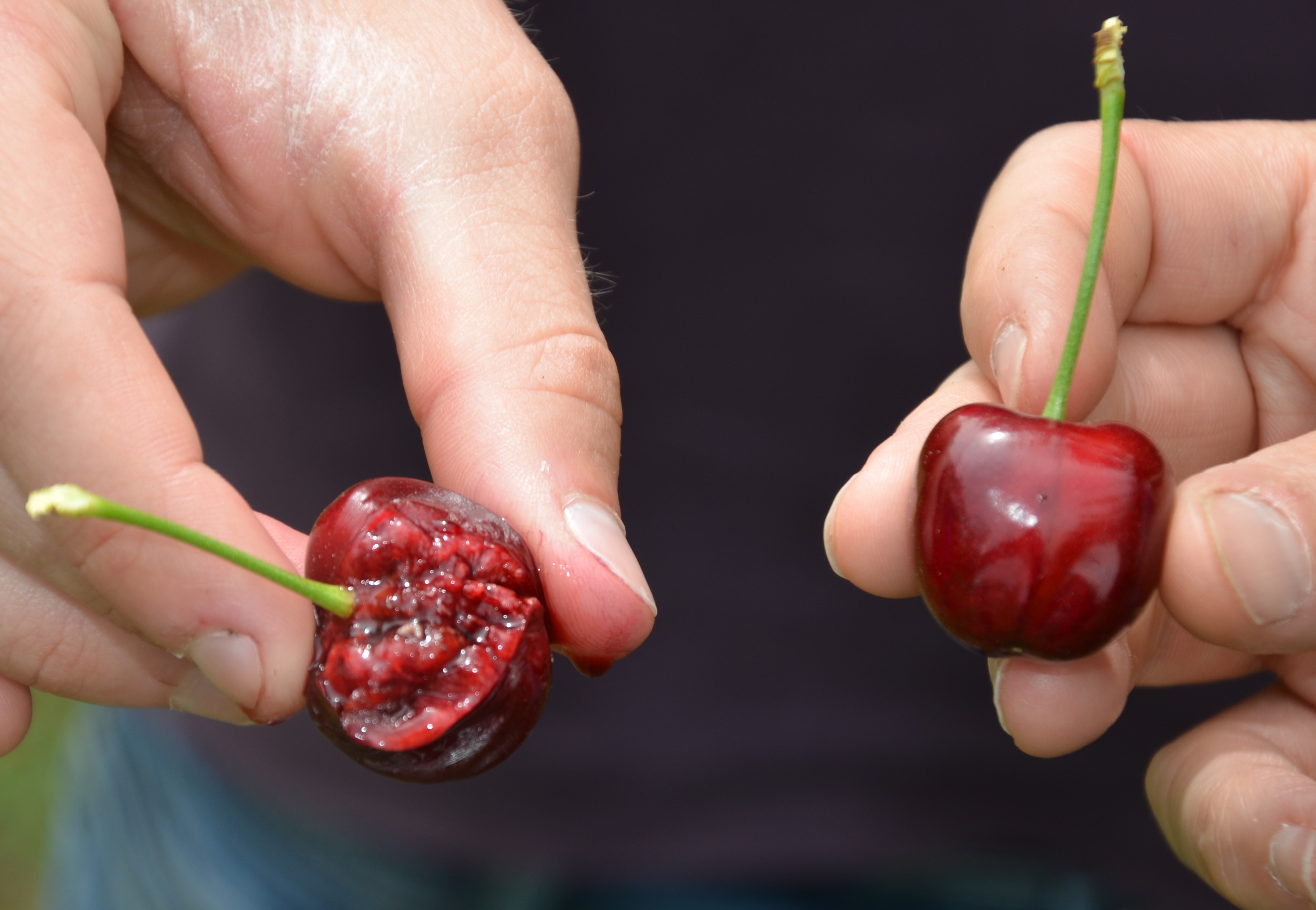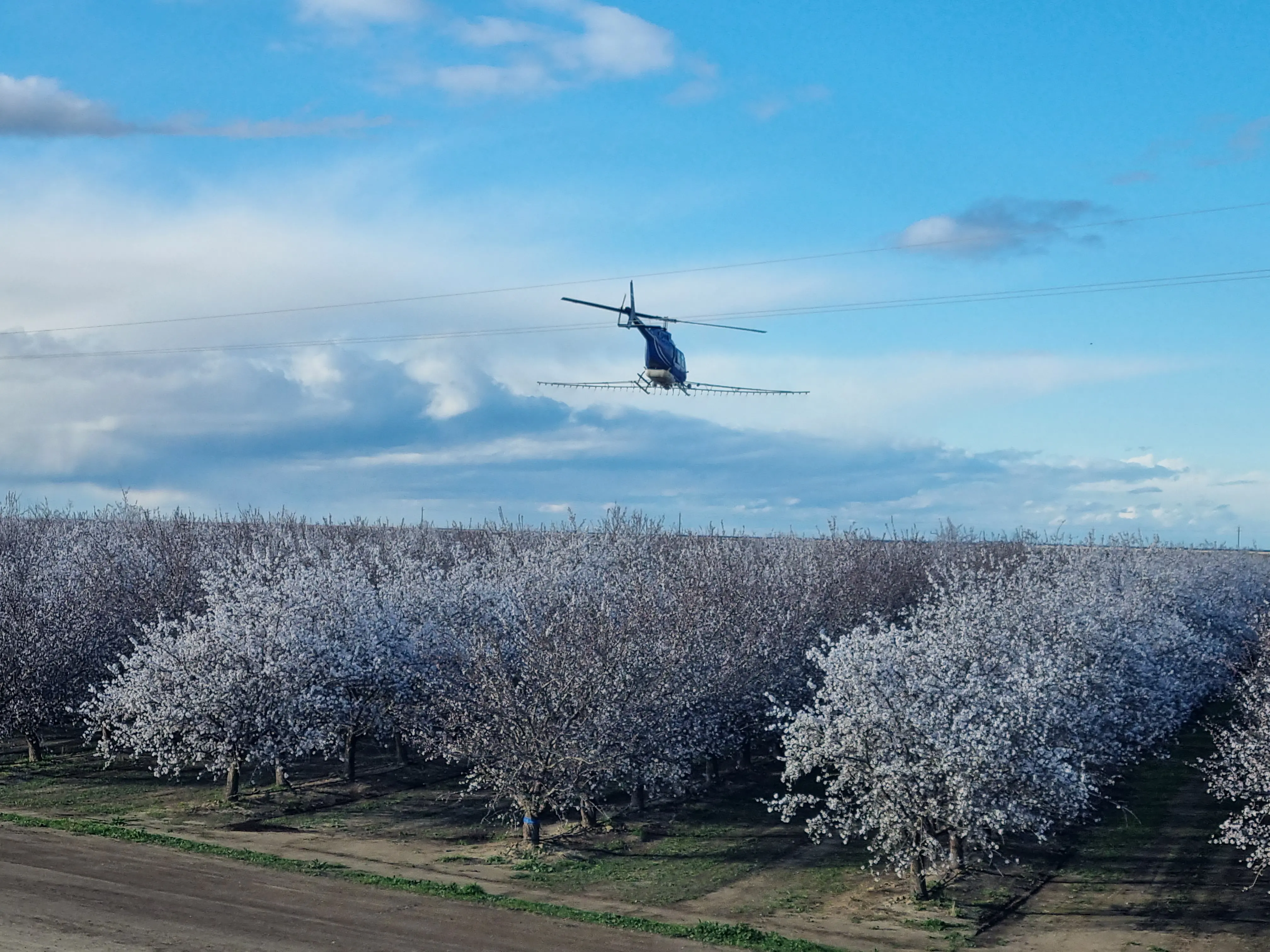The growing demand for sweet cherries in international markets makes the optimization of production essential.
One of the main features of modern orchards is high planting density, where the choice of rootstock plays a fundamental role.
A recently published study, carried out in Turkey between 2018 and 2020, analyzed how the morphological, pomological, and biochemical characteristics of trees and fruits are strongly influenced by the scion/rootstock combination.
Rootstock and cultivar performance
The cultivars used in the study were “0900 Ziraat” and “Regina”, grafted onto the rootstocks “Krymsk 5”, “Gisela 6”, and “Piku 1”.
The rootstock “Krymsk 5” stood out for its higher vegetative vigor and for producing fruits with greater weight and higher phenolic compound content, while “Gisela 6” provided greater fruit firmness, a key parameter for postharvest handling resistance and consumer preference.
“Piku 1”, while limiting tree vigor, generally showed intermediate values in terms of fruit weight and size, with some interesting results in fruit quality traits.
The comparative analysis of the two cultivars revealed clear differences: “0900 Ziraat” produced larger fruits in terms of weight, length, and diameter, while “Regina” was distinguished by a higher content of vitamin C, anthocyanins, and antioxidant capacity.

Strategic implications for cultivation
The results confirm the importance of using semi-dwarfing rootstocks adapted to local pedoclimatic conditions to improve production efficiency, reduce management costs, and increase the sustainability of intensive orchards.
The rootstock, in fact, not only influences vegetative development and the precocity of bearing, but also has a strong impact on technological quality and biochemical characteristics of the fruit.
In this context (Turkey), “Krymsk 5” emerged as a promising rootstock for combinations with high-value varieties, thanks to its balanced vigor and enrichment in phenolic compounds, while “Gisela 6” proved ideal where fruit firmness and stability of quality parameters are priorities.
Importantly, varietal choice should not be based exclusively on yield and fruit size, but also on nutritional composition and health benefits.
Market-oriented decisions
These results provide practical guidance to technicians and producers: rootstock choice must be planned according to pedoclimatic characteristics, cultivation requirements, and market targets.
In markets that prioritize large-caliber fruits rich in bioactive compounds, the adoption of “Krymsk 5” in combination with “0900 Ziraat” appears particularly effective.
Conversely, for supply chains focused on longer storability and better resistance to handling, the “Regina” × “Gisela 6” combination offers significant advantages.
The strong interaction between rootstock and cultivar highlights the need for local experimental approaches to identify the best combinations for specific growing areas; indeed, no rootstock is universally optimal.
Conclusions and recommendations
In conclusion, the study shows that selecting the most suitable rootstocks is not a mere nursery practice but a strategic tool for the competitiveness of modern sweet cherry production.
“Krymsk 5”, “Gisela 6”, and “Piku 1” are confirmed as valid options under Turkish conditions, with clear differences in tree vigor and fruit quality.
Correct selection and management can increase yield, fruit quality, and production sustainability, meeting both growers’ needs and market expectations.
Source: Ozturk, B., Belen, S., & Aglar, E. (2025). Assessing the impact of Krymsk 5, Piku 1 and Gisela 6 rootstocks on morphological and quality characteristics of sweet cherry. BMC Plant Biology, 25(1), 512. https://doi.org/10.1186/s12870-025-06455-4
Image source: Alara
Andrea Giovannini
University of Bologna (IT)
Cherry Times - Tutti i diritti riservati













